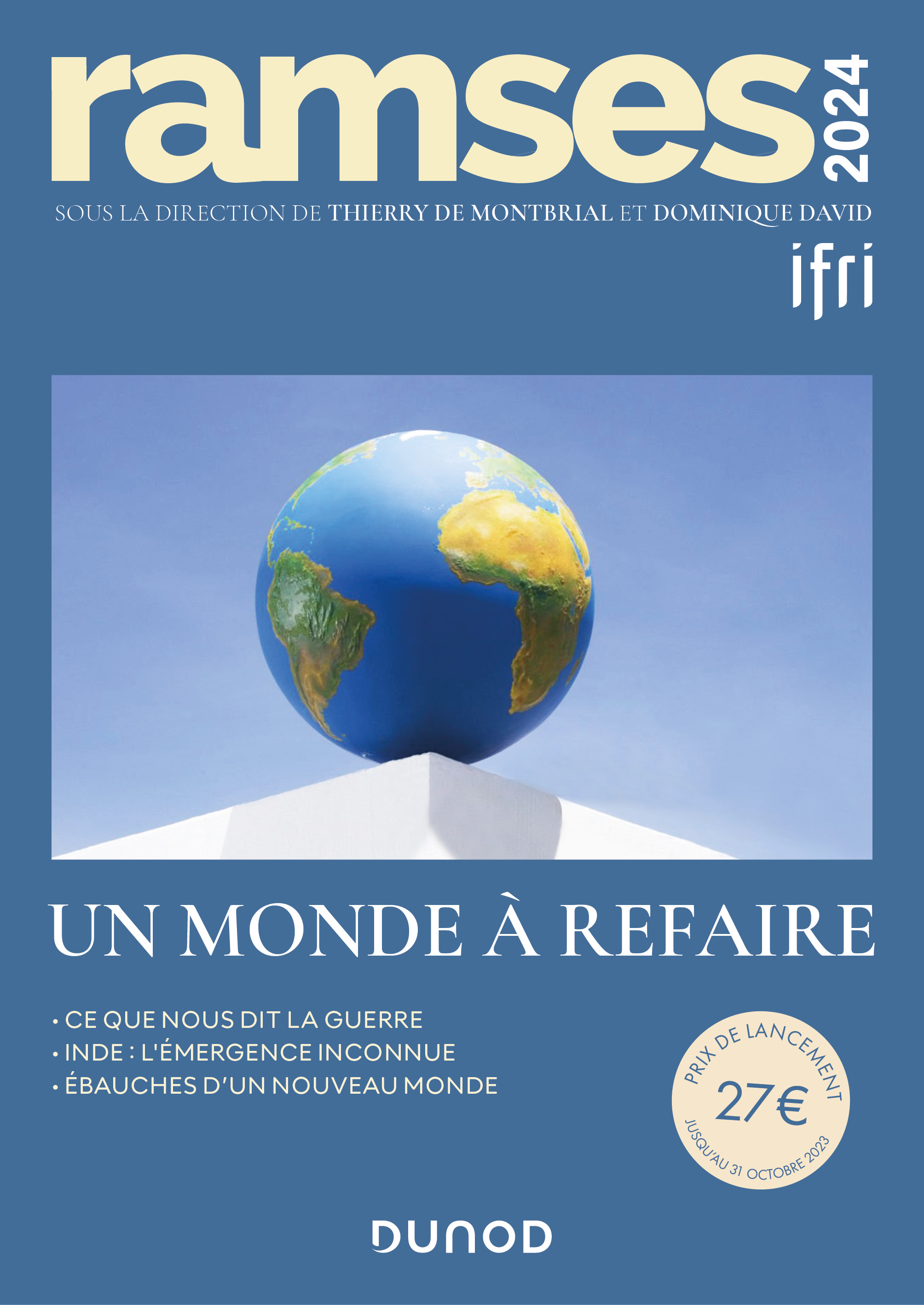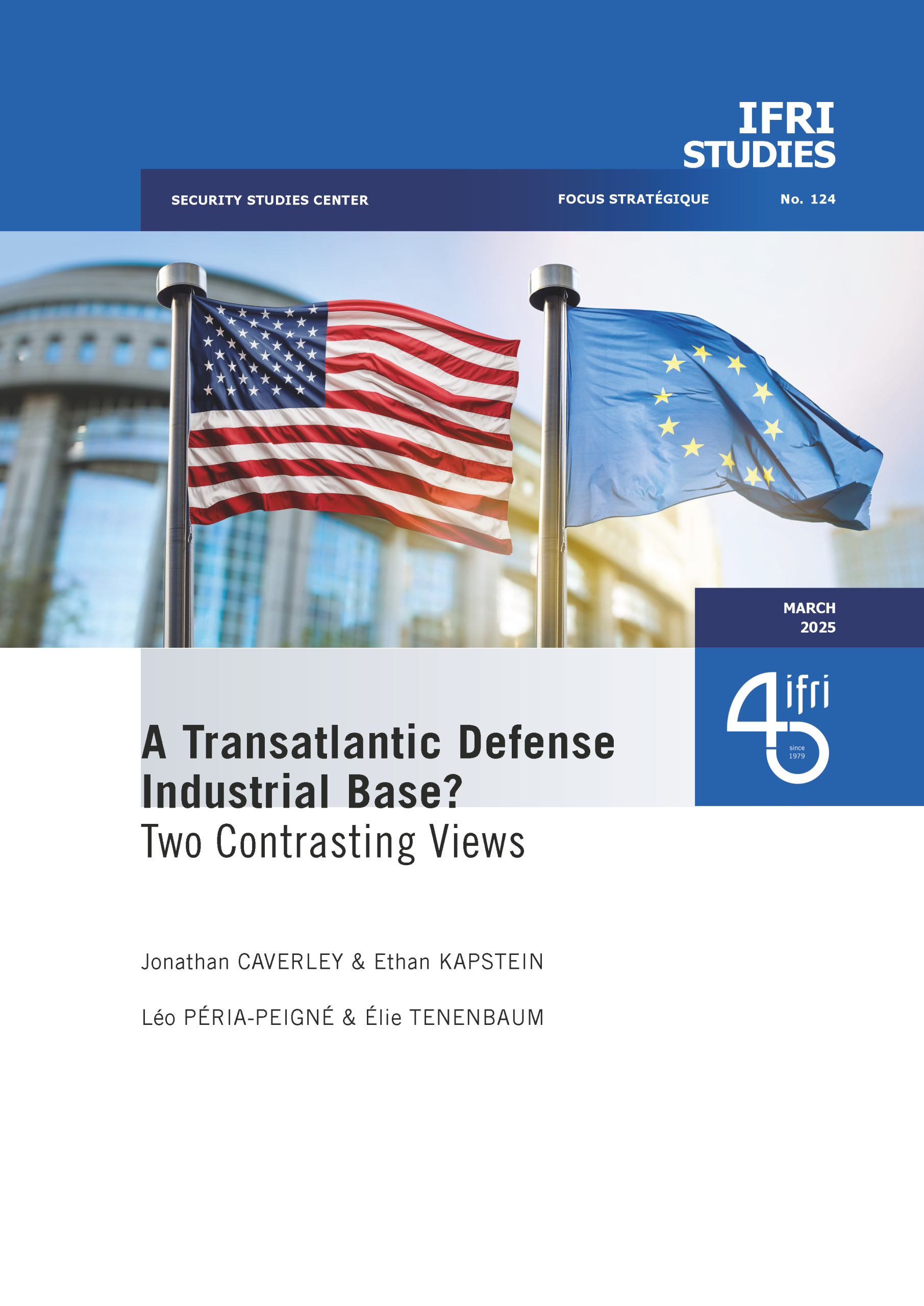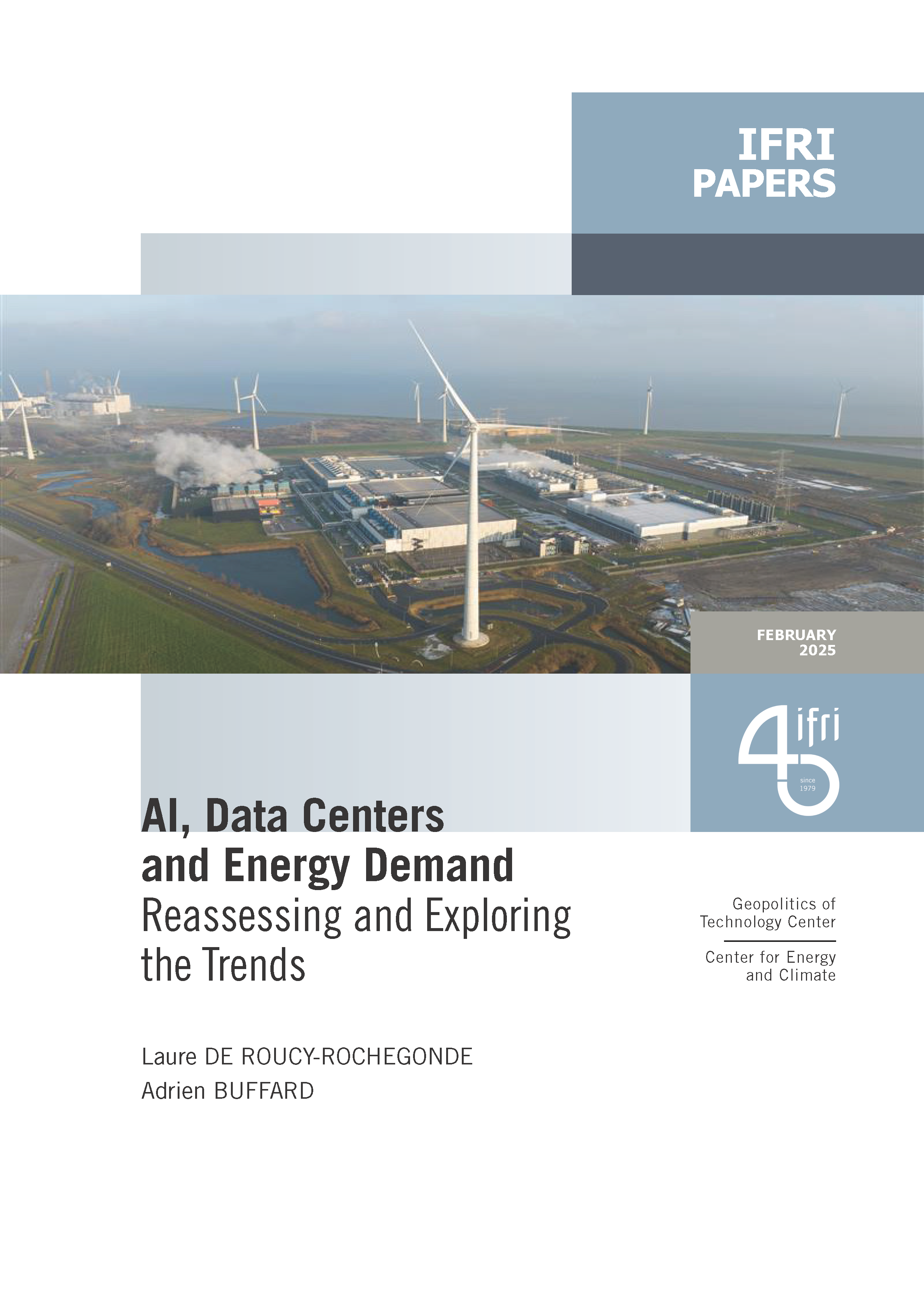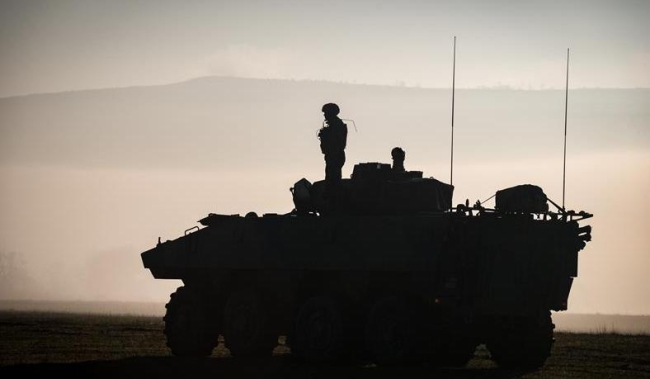The Battle over Fire Support: The CAS Challenge and the Future of Artillery

Traditionally, maneuver units are designed for mobility and control of the ground, while supporting forces (artillery, aviation) deliver fires to protect the former and ensure their freedom of action.
As a result of the introduction of mobile artillery in the XVIIIth Century, and even more so with the development of an effective tactical aviation, fire support has played a crucial tactical role in the major conventional conflicts of the XXth Century. No longer subject to the marginalization imposed by the nuclear era, fire support has now come to the crossroads: while Close Air Support often proved decisive during operations in Afghanistan and Iraq, practical experience has nonetheless shown that artillery and mortars remain essential. The future of fire support will therefore depend on both budgetary constraints and strategic considerations: armed forces will have to define a new joint balance that takes into account the various components of fire support and is politically and financially sustainable.

Available in:
Regions and themes
ISBN / ISSN
Share
Download the full analysis
This page contains only a summary of our work. If you would like to have access to all the information from our research on the subject, you can download the full version in PDF format.
The Battle over Fire Support: The CAS Challenge and the Future of Artillery
Related centers and programs
Discover our other research centers and programsFind out more
Discover all our analysesThe Franco-German Brigade and the Revival of European Defense
One thing has been clear since Donald Trump's return to the White House: the very existence of the European unification project is threatened. Unless it develops a sovereign defense policy to counter the war in Ukraine and the weakening of American security guarantees, the European Union will continue to see its internal cohesion and external attractiveness wane.
Taking the Pulse: Can Europeans Build Their Independent Extended Nuclear Deterrent?
Confronted with a U.S. disengagement and the Russian threat, Europeans are reconsidering their stance on nuclear deterrence. Given the capabilities of the French and British arsenals, can Europe develop an independent nuclear deterrent?

RAMSES 2024. A World to Be Remade
For its 42nd edition, RAMSES 2024 identifies three major challenges for 2024.
A Transatlantic Defense Industrial Base? Two Contrasting Views
The evolving landscape of global defense cooperation has brought the transatlantic relationship between the United States (US) and Europe into sharp focus. As geopolitical tensions rise and the threat environment becomes more complex, the question of how Europe can best ensure its security while navigating its relationship with the United States has become paramount. This double feature report offers two contrasting views on the dynamics of US-Europe defense industrial relations, highlighting the challenges and opportunities that lie ahead for both parties.









